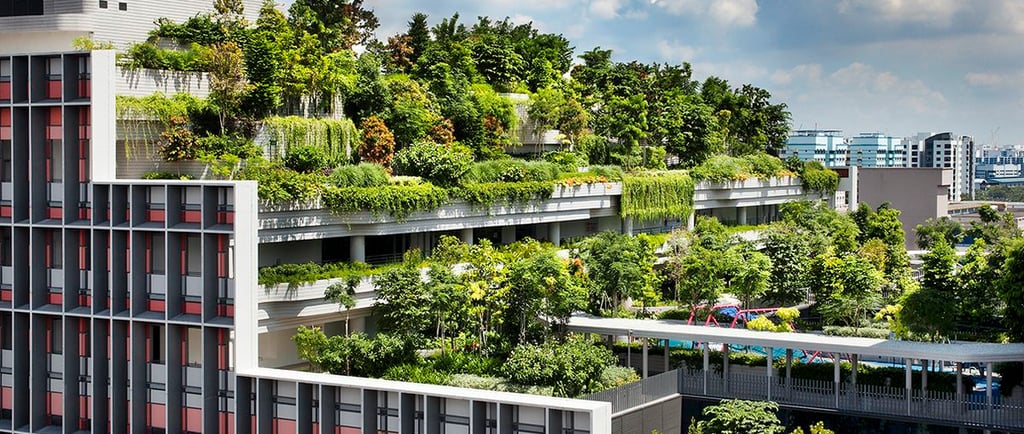By 2030, one in six people will be over 60.
3/9/20252 min read


I believe that sustainable senior living communities are not just about aesthetics or efficiency; they’re about creating environments that nurture independence, health, and social connection for our aging population while protecting our planet.
Rethinking Senior Living in a Changing World
As the global population ages, the numbers are staggering. By 2030, one in six people will be over 60, and our cities—often built around outdated paradigms—must evolve. I still remember my early days in architecture when our focus was solely on form and function. Today, however, we face an intertwined challenge: on one side, aging populations demand care, community, and accessible design; on the other, our built environment contributes over 40% of global carbon emissions. This dual pressure forces us to rethink our strategies and embrace sustainable design not only as a tool for environmental stewardship but as a means of enhancing the quality of life for seniors.
Marrying Sustainability with Community and Care
Developing sustainable senior living communities means integrating features like energy-efficient systems, solar panels, rainwater harvesting, and non-toxic materials into the very fabric of our projects. These aren’t mere “green add-ons”—they’re essential elements that lower long-term operational costs and reduce our carbon footprint. I’ve witnessed firsthand how a thoughtful design can transform a space: during a recent project review, I recalled how one of our teams reengineered a layout to maximize natural ventilation and daylight. This not only improved resident comfort but also slashed energy demands. It’s these kinds of breakthroughs that demonstrate the potential of sustainable design to make a tangible difference.
Learning from Innovative Models
One standout example is WOHA’s “vertical village” project, Kampung Admiralty in Singapore. This integrated development weaves together healthcare, green spaces, and residential living into a compact, multi-level community. By situating a community plaza at the ground level, a medical center mid-way, and a rooftop park with apartments on top, the project delivers on the promise of active, dignified aging in an urban context. It’s a powerful model that shows how we can blend functionality with environmental responsibility while fostering intergenerational bonds.
Overcoming Challenges and Embracing Change
Of course, the journey isn’t without its hurdles. Balancing the technical demands of carbon neutrality with the practical needs of senior care isn’t easy. Operational efficiency, upfront costs, and regulatory frameworks all pose significant challenges. Yet, as architects and developers, we have an opportunity—and a duty—to drive innovation. By sharing knowledge, collaborating across disciplines, and listening closely to the needs of the communities we serve, we can push forward solutions that are both economically viable and environmentally sound.
A Call to Our Community
I encourage every professional in our field to embrace these challenges with passion and perseverance. Whether you’re a seasoned architect, a developer, or an urban planner, your creative solutions can reshape our cities and redefine what it means to age with dignity. Let’s build spaces that not only support our seniors but also protect our shared future. Together, we can transform the landscape of senior living into a model of sustainability, community, and resilient design.
Sources: • Kampung Admiralty by WOHA – ArchDaily • United Nations – Population Ageing • Retirement Homes Join the Green Revolution – The Times • The Modern Retirement Home – Financial Times
#WigwamArchitects #WigwamNetZero #BrisbaneArchitects #CommunityArchitecture #AffordableHousing #SustainableArchitecture #GreenBuildingDesign #NetZeroArchitecture #CarbonNeutralDesign #BiophilicDesign #BiophilicArchitecture
Kampung Admiralty / Architect WOHA / Photo Patrick Bingham-Hall


